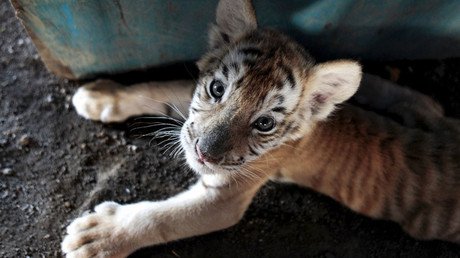Russian customs seize 500+ bear paws heading to Chinese black market
Customs officers carrying out an anti-smuggling operation in Russia’s Far East came across a grisly discovery – 525 bear paws headed for China.
Apart from the bear paws, 3,978 mink furs, 2.4 kilograms of jade, and a 4-kilogram fragment of mammoth tusk were among the contraband seized on Monday, RIA Novosti reports.
The total value of the undeclared goods is estimated at around US$620.000. The cargo, which was sealed in big bags with labels written in Chinese, was seized from a boat in Russia’s Khabarovsk Region. The owner of the vessel has been charged with two counts of smuggling.
The perpetrator confessed that the cargo was to be transported from Khabarovsk to Tongjiang city in the Heilongjiang province of China to be sold on the black market.
Bear paws are considered a delicacy in Chinese restaurants, where they are often added to soups or barbecued. Some dishes containing them can cost up to $1000.
According to experts, the paws from the smuggled load belonged to both Brown and Himalayan bears.
Himalayan bears are on the critically endangered list, as their population is dramatically decreasing.
READ MORE: 7 weirdest wildlife smuggling attempts caught on camera (PHOTOS)
Several petitions demanding that an end be put to eating bear meat in China and elsewhere in Asia have been signed by hundreds of thousands of people.
Activists say the animals often undergo barbaric treatment when being converted to food, which often includes being cooked alive.
“It’s horrendous. It’s despicable. I would say that anybody who can afford these so-called delicacies would be much better off going and buying themselves a heart and getting some compassion because in 2016 there’s simply no reason to eat the paw of a bear,” Elisa Allen, an associate director of PETA (People for the Ethical Treatment of Animals), told RT.
Besides being served as food, Allen says the bear paws are also “used to cure everything from impotency to fevers. And also sometimes they’re simply used as trinket and they end up collecting dust.”













